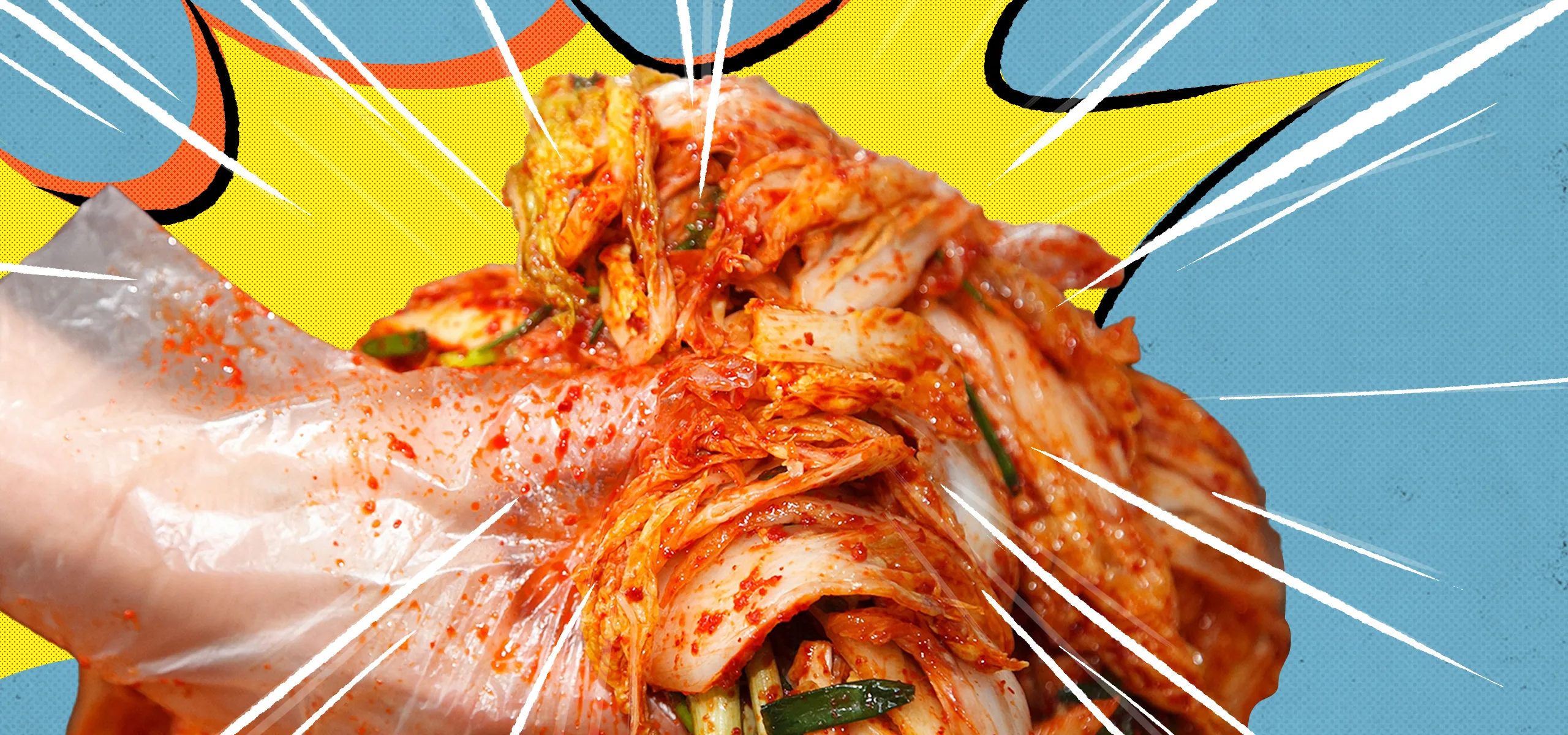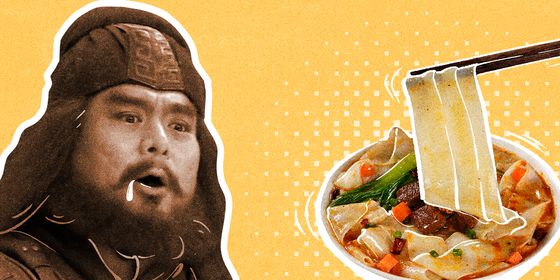Discover how spicy cabbage connects people across space and time in old and new ways
“Of course, how on earth could I not!” erupts the Chaoxianzu (ethnically Korean Chinese) man from a small village by the North Korean border in Jilin province when asked whether he still makes labaicai by hand. Labaicai (辣白菜), Chinese for “spicy cabbage,” is the popular fermented food known as kimchi on the other side of the border (and in the West).
Two names, same difference: Fermented foods are so common throughout human history that their exact origins are impossible to pin down. They have roots and influences everywhere. While the world-famous restaurant Noma in Denmark is credited with fueling a global trend around fermented foods in recent years, this natural and environmentally friendly way of preparing and preserving foods—basically by means of controlled decay—is much older. According to Marie-Claire Frederic’s 2020 book Neither Raw Nor Cooked, as early as 1.5 million years ago human ancestors discovered this way of cooking—a whopping 700,000 years before mastering fire.
According to China’s National Ethnic Affairs Commission, some farmers emigrated from the Korean Peninsula to northern China over 300 years ago. Their fermented cabbage culture followed them and discovered a new home in China’s Northeast, or Dongbei. From humble beginnings, it has endured until now and in Jilin by the North Korean border as much as elsewhere, it connects people across time and space in old and new ways.
Yanbian Korean Autonomous Prefecture boasts a population of over 730,000 Chaoxianzu Chinese. Here, spicy cabbage takes on a regional twist, as a Yanbian specialty known as “apple pear (苹果梨)” is added to lower the acidity, making the cabbage sweeter and adding a decadent crunch factor; however, there are more additions than simply sliced pear to allow the local spicy cabbage to achieve its richer flavor.
Retired social media enthusiast Jinhua is passionate about her new hobby—sharing recipes and Yanbian food culture on Douyin (China’s TikTok). “Some fans say when they try the recipe, they get lost in the process,” she says. Hence in her video on making Yanbian spicy cabbage, she demonstrates three foolproof steps.
You Slaw It Everywhere: How Chinese Cabbage Connects Generations is a story from our issue, “After the Factory.” To read the entire issue, become a subscriber and receive the full magazine.













